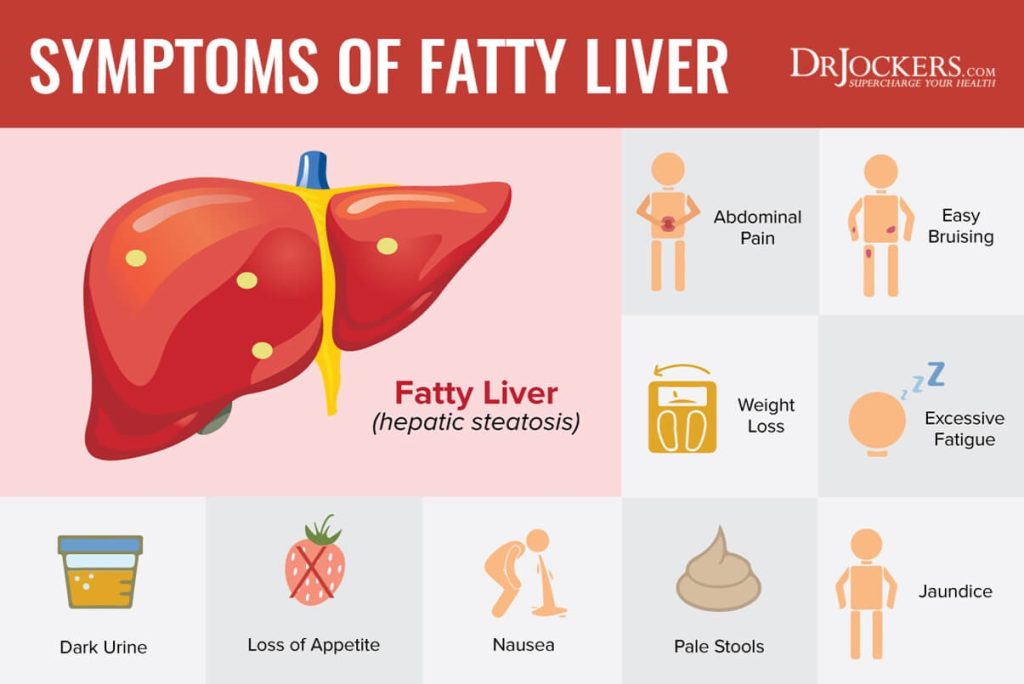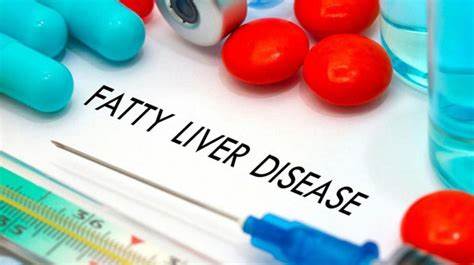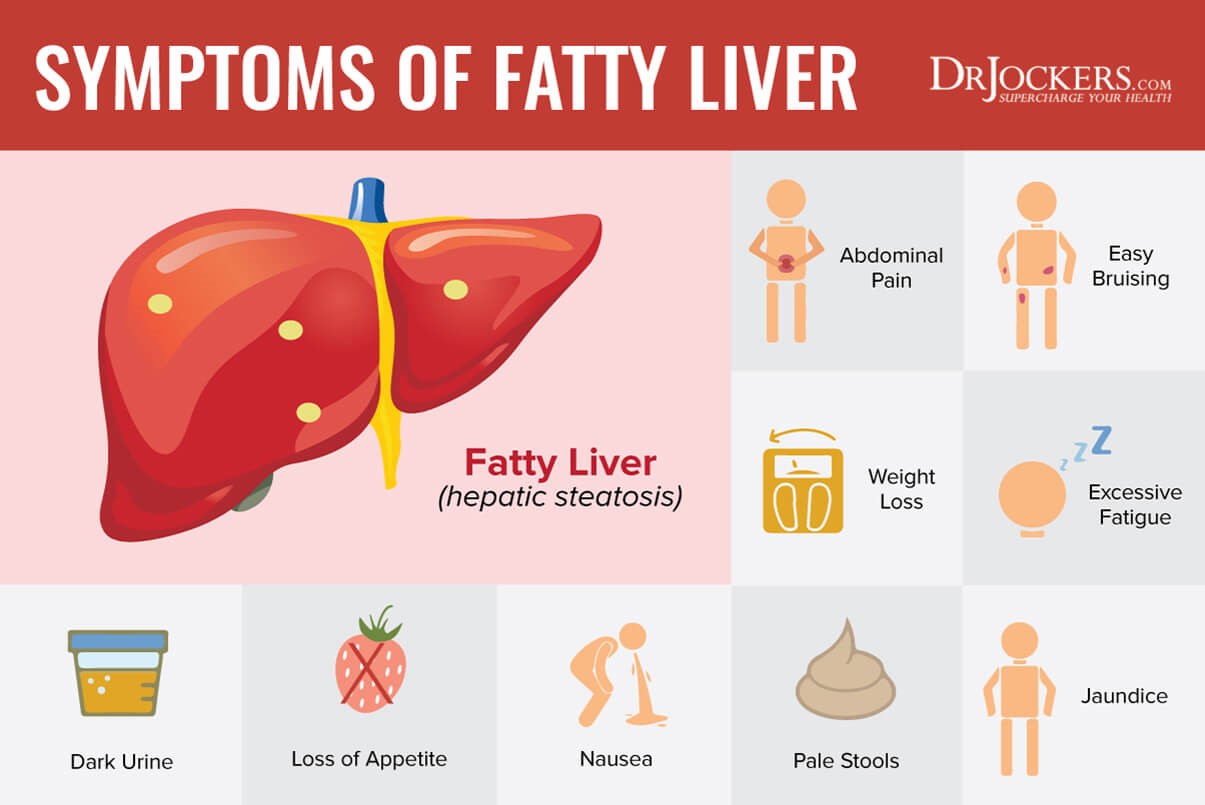Fatty liver disease is a condition that is increasingly prevalent in today’s society, affecting approximately 25% of the global population. It is crucial to comprehend the nature of this disease and how it can be effectively managed to ensure optimal overall health. In this article, we will explore the causes, symptoms, and treatment options for fatty liver disease, along with lifestyle modifications that can aid in its prevention. By delving into this topic, we will acquire all the essential knowledge about this widespread liver condition.
A prevalent condition that affects millions of individuals across the globe. It occurs when fat accumulates in the liver, resulting in inflammation and scarring. Although excessive alcohol consumption is often linked to fatty liver disease, it can also be caused by other factors like obesity, diabetes, and high cholesterol. This article will delve into the causes, symptoms, and treatment options for fatty liver disease, and will also offer tips for prevention and maintaining a healthy liver.
1. Fatty liver disease
, which is also referred to as hepatic steatosis, develops when the liver accumulates fat, resulting in inflammation and damage to liver cells. This condition can be triggered by various factors including obesity, high cholesterol, diabetes, and excessive alcohol consumption. To prevent the advancement to more severe conditions like liver fibrosis and cirrhosis, it is crucial to diagnose and manage the disease early on.

Treatment options involve implementing lifestyle changes such as weight loss, exercise, and a healthy diet. In some cases, medication may also be prescribed. It is important for individuals with fatty liver disease to regularly monitor their condition and have follow-up appointments with a healthcare professional. .
2. The main causes of fatty liver disease
also referred to as hepatic steatosis, occurs when there is an excessive accumulation of fat in the liver. This condition can be triggered by several factors. One of the primary causes is excessive alcohol consumption, as alcohol is metabolized in the liver and can lead to the buildup of fat. Non-alcoholic fatty liver disease (NAFLD) is another common cause, often associated with obesity, insulin resistance, and metabolic syndrome.
Certain medications, such as corticosteroids and tamoxifen, can also contribute to the development of fatty liver disease. Moreover, genetic factors and certain medical conditions, like hepatitis C and Wilson’s disease, can increase the risk. It is crucial to identify and address the underlying cause of fatty liver disease in order to prevent further liver damage and complications.
3. Fatty liver disease often cause any noticeable symptoms
Fatty liver can often be asymptomatic, making it challenging to identify in its early stages. However, as the disease progresses, certain symptoms may start to manifest. These symptoms can include fatigue, weakness, weight loss, loss of appetite, nausea, and abdominal pain. If you are experiencing any of these symptoms, it is crucial to consult a healthcare professional for an accurate diagnosis and to explore potential treatment options.

Fatty liver It is important to note that these symptoms can also be indicative of other medical conditions, so it is essential to receive a proper diagnosis from a healthcare professional. Additionally, routine liver function tests and imaging studies can be helpful in identifying the presence of fatty liver .
4. Diagnosing fatty liver
Fatty liver occurs when fat accumulates in the liver, and early diagnosis is crucial to prevent further liver damage and complications. To diagnose this condition, a physical examination, medical history assessment, and blood tests are conducted to evaluate liver function and identify signs of inflammation or damage.
Additionally, imaging tests such as ultrasounds or CT scans can help visualize the liver and determine the amount of fat present. In certain cases, a liver biopsy may be necessary to confirm the diagnosis and assess the extent of liver damage. If you are experiencing symptoms like fatigue, abdominal pain, or unexplained weight loss, it is important to seek medical attention as they could potentially indicate fatty liver
5. Complications of fatty liver
Untreated fatty liver disease can lead to several complications. One of the main complications is alcoholic hepatitis, which is characterized by liver inflammation. Failure to manage this condition can lead to liver cell damage and potentially liver failure. Additionally, fatty liver disease can cause liver fibrosis, resulting in scarred and rigid liver tissue.

If this fibrosis continues to progress, it may lead to cirrhosis, a serious condition that impairs liver function. Moreover, individuals with fatty liver disease have an elevated risk of developing liver cancer. To prevent these complications, it is essential to seek medical attention and make necessary lifestyle changes.
6. Treatment options for fatty liver
There are a range of treatment options available for fatty liver disease, which depend on the severity and root cause of the condition. The initial approach typically involves making lifestyle changes, such as adopting a healthy diet that is low in saturated fats and sugars, increasing physical activity, and, if necessary, losing weight. It is crucial to avoid alcohol entirely, as it can further harm the liver.
In some cases, medications may be prescribed to manage underlying conditions like diabetes or high cholesterol that contribute to fatty liver disease. In rare instances where the disease progresses to advanced stages, a liver transplant may be required. It is vital to consult with a healthcare professional in order to determine the most appropriate treatment plan for each individual case of fatty liver
7. Making certain lifestyle changes can help prevent or manage fatty liver disease.
Fatty liver disease is characterized by the excessive buildup of fat in the liver. There are numerous factors that can contribute to its development, however, adopting certain lifestyle modifications can aid in its prevention or management.
These modifications entail maintaining a healthy weight, engaging in regular exercise, adhering to a balanced diet, limiting alcohol intake, effectively managing diabetes and high cholesterol levels, and avoiding medications that may harm the liver. By integrating these lifestyle changes, individuals can significantly reduce the likelihood of developing fatty liver disease or effectively manage it if already diagnosed.
8. Research into the treatment of fatty liver disease is ongoing
Fatty liver disease is a medical condition characterized by the build-up of fat in the liver. It can be caused by factors such as obesity, diabetes, and high cholesterol. Researchers are continuously studying ways to improve the treatment and outcomes of this condition. Currently, there are several treatment options available, including lifestyle changes, medication, and in some cases, liver transplantation.

It is crucial for individuals with fatty liver disease to collaborate closely with their healthcare providers to develop a personalized treatment plan that suits their specific needs and circumstances. Moreover, participating in clinical trials can also be a valuable way to contribute to the advancement of research in this field.
Interested in Reading My Article On :6 Self-Care Habits of Every Successful Entrepreneur
